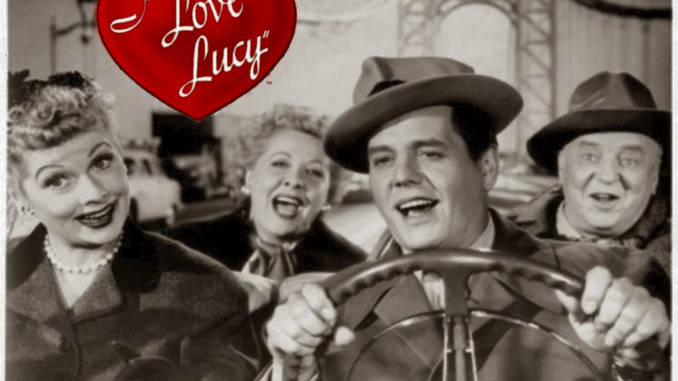
The episode “Lucy Does a TV Commercial”—better known as the “Vitameatavegamin” episode—is famous for its physical comedy. But what’s less discussed is how it broke the fourth wall and changed how sitcoms could interact with their audience.
In that unforgettable scene, Lucy rehearses for a commercial—getting progressively drunker with each take of the tonic that “has vitamins, meat, vegetables, and minerals.” What makes it groundbreaking is that Lucy looks straight into the camera, addressing viewers as if they’re part of the television audience she’s performing for in the commercial.
It wasn’t just a joke—it was meta before meta was cool.
By allowing Lucy to play directly to the camera, the writers subtly blurred the line between the audience and the show. She becomes both a character in a story and a performer within a performance. This layer of complexity was rare in the 1950s but would become a staple of later comedies—from The Office to Fleabag.
The genius of the episode is that it never overexplains itself. It just does it, trusting the audience to feel like they’re in on the joke. The “Vitameatavegamin” moment is now in the Smithsonian, but its real legacy is its influence on comedy style. Lucy Ricardo wasn’t just a fictional character—she was the original master of comedic direct address.
